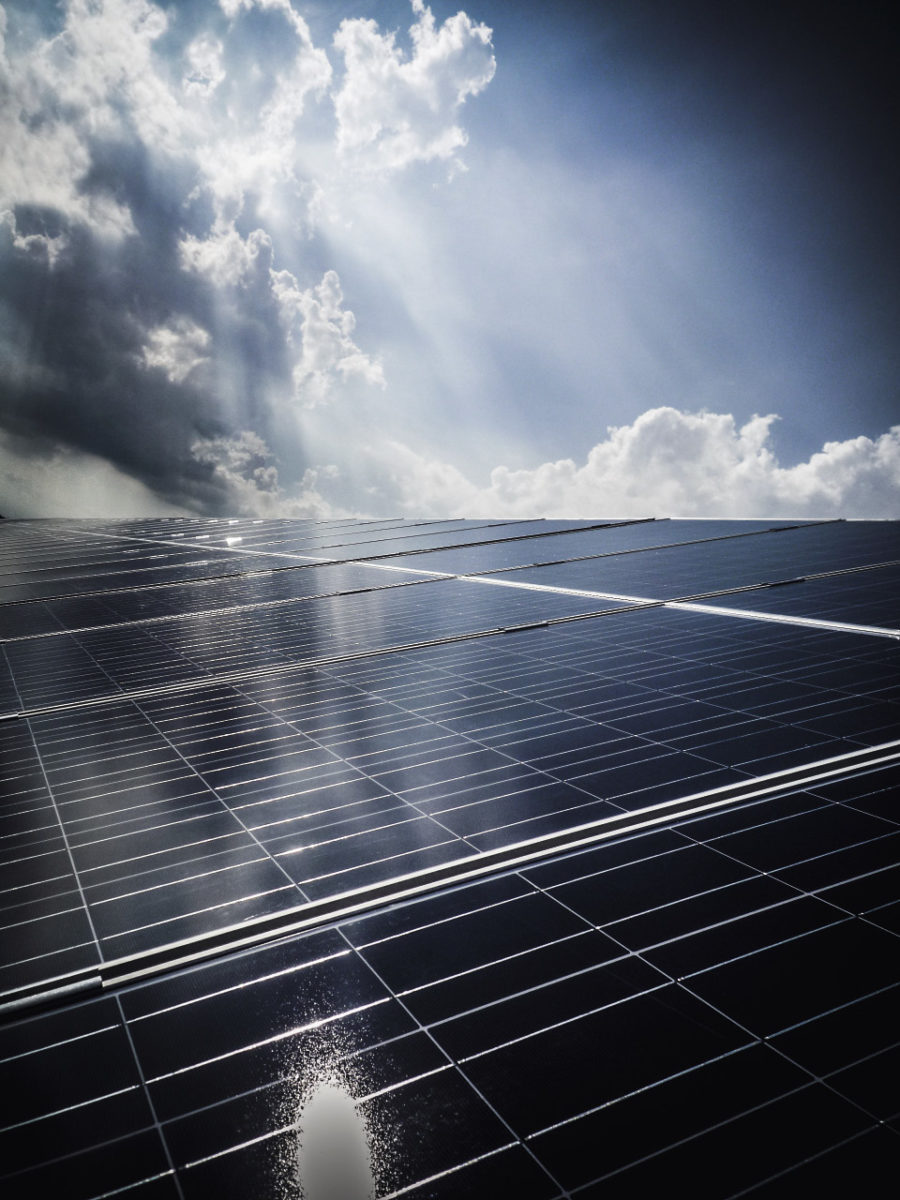The Department of Energy (DOE) has issued a statement announcing that the country’s Energy Regulatory Commission (ERC) is not in favor of removing the 100 kW size limit for solar power generators installed under net metering.
This could have an adverse effect on transmission lines, which may not be able to accommodate injections of power beyond that limit, said the ERC.
The regulator’s head, Sharon O. Montañer also said that if a bill aimed at removing the above-mentioned cap, currently being discussed in the Senate, were to pass, a new study on the grid’s ability to absorb new output would be necessary.
“With the proposed incentives under the bill, this is expected to result in a drastic increase in solar energy being exported to the grid,” she said, adding, “A thorough grid, system, and distribution impact study would help determine how much in exported capacities the grid may accept without unduly compromising power supply stability.”
The filing of Senate Bill No. 1719 was initiated by Grace Poe, a Filipina senator and businesswoman. “Unlike other power plants, whether fossil-based, hydro, wind or solar farms, rooftop solar does not require land conversions, because it uses what is usually an underutilized and already existing resource – the roof,” she said at a recent hearing at the Senate committee on energy.
Popular content
“Complete solar photovoltaic systems or solar technology can be bought off-the-shelf and could be easily installed in a few hours. Larger systems may take a few days. No other technology, renewable or otherwise, could match the convenient installation attributed to rooftop solar,” she continued.
The Philippines introduced a net metering scheme for solar systems up to 100 kW, in 2014. However, just 10 MW of rooftop PV systems have been connected to the country’s grid since then.
In a recent report, the U.S.-based Institute for Energy Economics and Financial Analysis (IEEFA) explained the reasons for this failure: administrative and financial hurdles are preventing more electricity consumers from installing rooftop arrays, as well as the resistance of local utilities.
The report also found that the pricing methodology adopted by the ERC has not been improved since 2013. The methodology, based on the amount of electricity exported to the grid, undervalues solar rooftop generation, according to the IEEFA experts, which also said that the 100 kW limit is anachronistic.
This content is protected by copyright and may not be reused. If you want to cooperate with us and would like to reuse some of our content, please contact: editors@pv-magazine.com.



1 comment
By submitting this form you agree to pv magazine using your data for the purposes of publishing your comment.
Your personal data will only be disclosed or otherwise transmitted to third parties for the purposes of spam filtering or if this is necessary for technical maintenance of the website. Any other transfer to third parties will not take place unless this is justified on the basis of applicable data protection regulations or if pv magazine is legally obliged to do so.
You may revoke this consent at any time with effect for the future, in which case your personal data will be deleted immediately. Otherwise, your data will be deleted if pv magazine has processed your request or the purpose of data storage is fulfilled.
Further information on data privacy can be found in our Data Protection Policy.